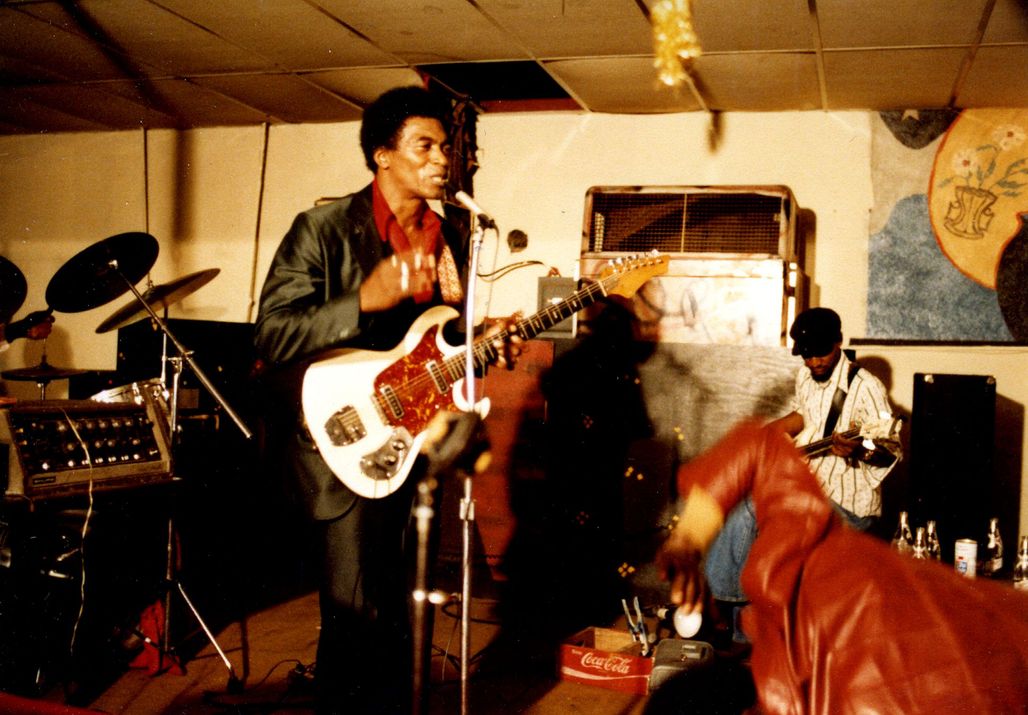
Mississippi Blues by Bertrand Tavernier: interview with Laurent Delmas

In Mississippi Blues, Bertrand Tavernier sets off at the dawn of the 1980s in the company of his friend and director Robert Parrish to seek out the origins of the blues in this southern state. Laurent Delmas, journalist and film critic at France Inter and author of the book Bertrand Tavernier, le cinéma et rien d’autre, reminisces about this documentary.
How did this project come about?
After Coup de Torchon, Tavernier wanted to get a close-up look at the characters from the Jim Thompson novel on which the film was based, in the company of his friend Robert Parrish, who was originally from the South and the co-director of this future documentary. Initially dedicated to Faulkner, the documentary finally evolved to include several themes: the blues, religion, the rise of African Americans in political campaigns, and the evolution of the American South. When the film was released, Tavernier said, “We filmed what we wanted, together or separately, with just a single contractual clause: the obligation to remain friends. And we fulfilled that contract!” In fact, Mississippi Blues should also be looked on as a film between two friends that admired each other and filmed together in a “country” that one of them knew very well and the other was discovering for the first time. “There are countries that you’ve already explored so much in your dreams through films and books that going there is both a pilgrimage and a discovery. The American South, for example,” Bertrand Tavernier whispers in a voice-over at the beginning of the film.
Where did this fascination with the United States come from?
Born in 1941, Tavernier was very much a man of his generation who, as a young child, experienced the Liberation and the role of the Americans. In a documentary he dedicated to Lyon, the city he grew up in, he recalls the American’s entrance into the city by the rockets in the sky, and he thought about those lights each time a cinema screen lit up in the darkness. His love-hate relationship with the United States is thus a mix between his fascination with the liberators and this cinema that is completely natural to them on one hand, and his rejection of American imperialist behaviour, notably in the cultural sphere, on the other. “American friends”, to take the title of his book with Thierry Fremaux, and “enemies” when, for example, it was necessary to fight against cultural exception and the jingoism of the White House.
Apart from this documentary, has he done a lot of filming in the United States?
Not a lot. However, he did shoot a full narrative film, In the Electric Mist (2009), some scenes from ‘Round Midnight (1986), as well as the final scenes from his last narrative feature film, Quai d’Orsay (The French Minister) (2013). It should be added, however, and this is no small thing, that Bernard Tavernier, before he died, was working on a new narrative film project shot in the United States. This should be proof enough that, despite the difficult working conditions experienced by foreign film crews, Tavernier retained his leanings towards America. Reading Step by Step into the Electric Mist cannot be recommended highly enough. It is an enthralling account of his time shooting his American film between 24 April 2007 and 24 June 2007, in which, throughout both good days in bad, Bernard Tavernier reveals himself as never before.


